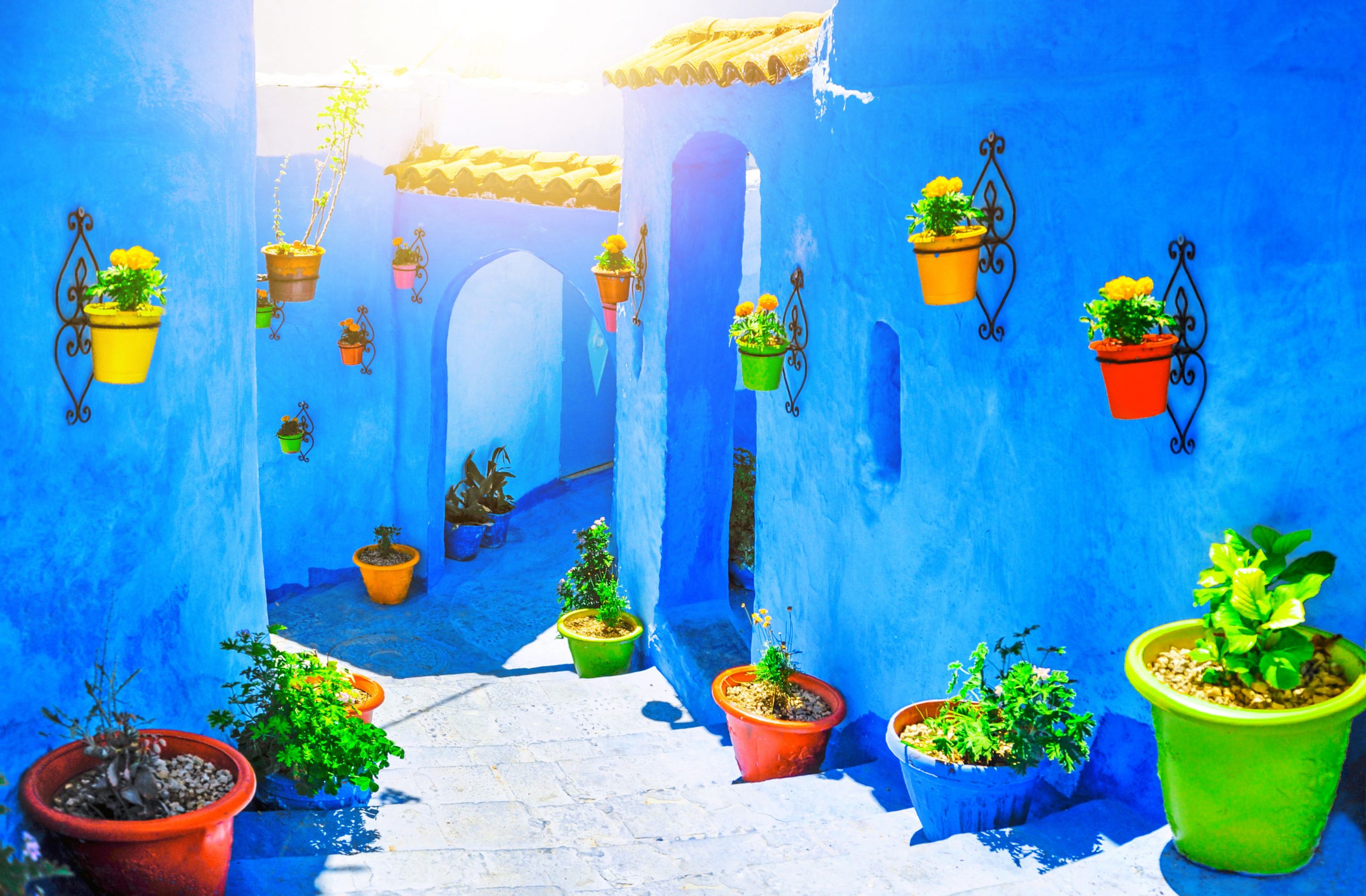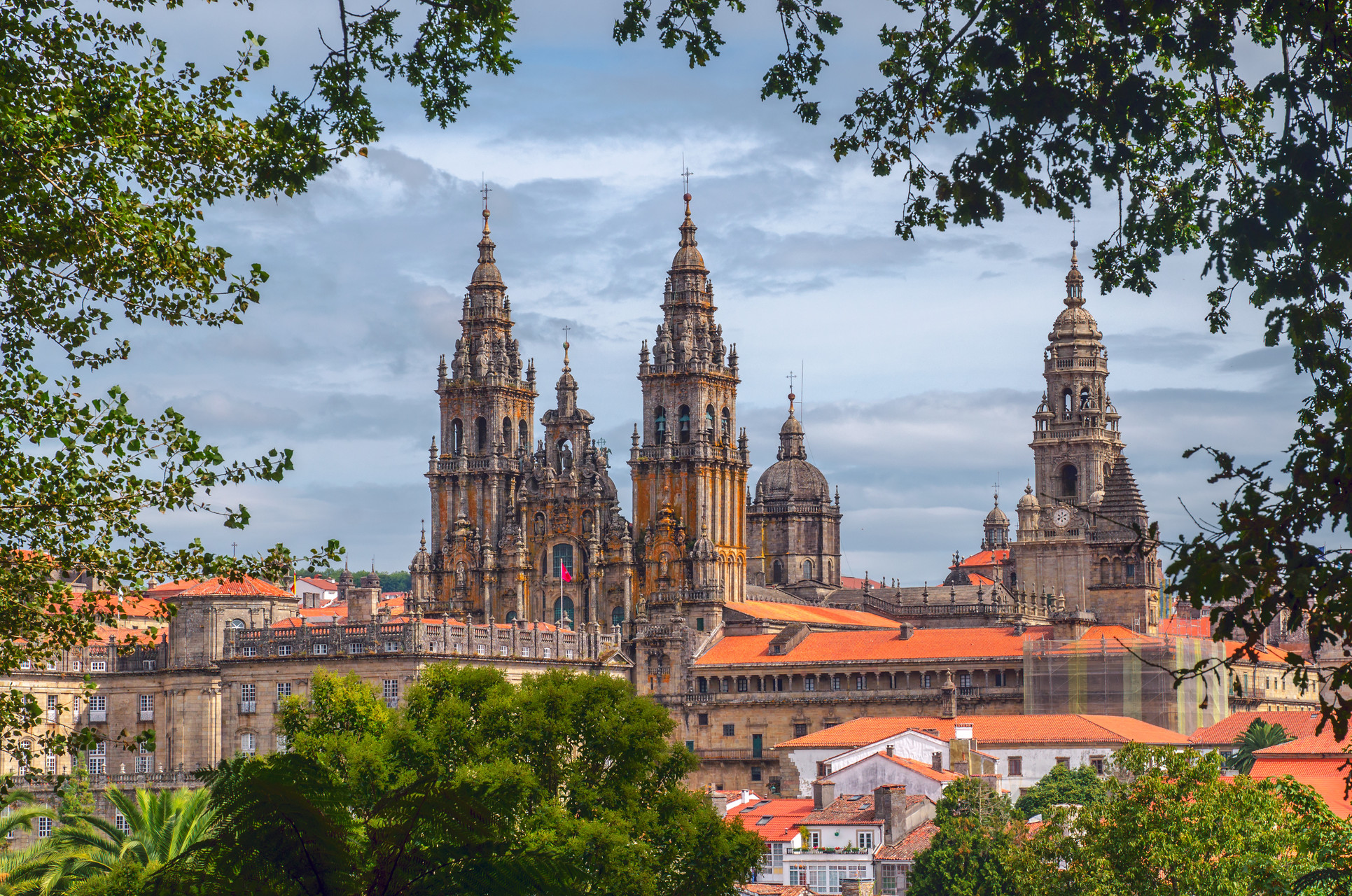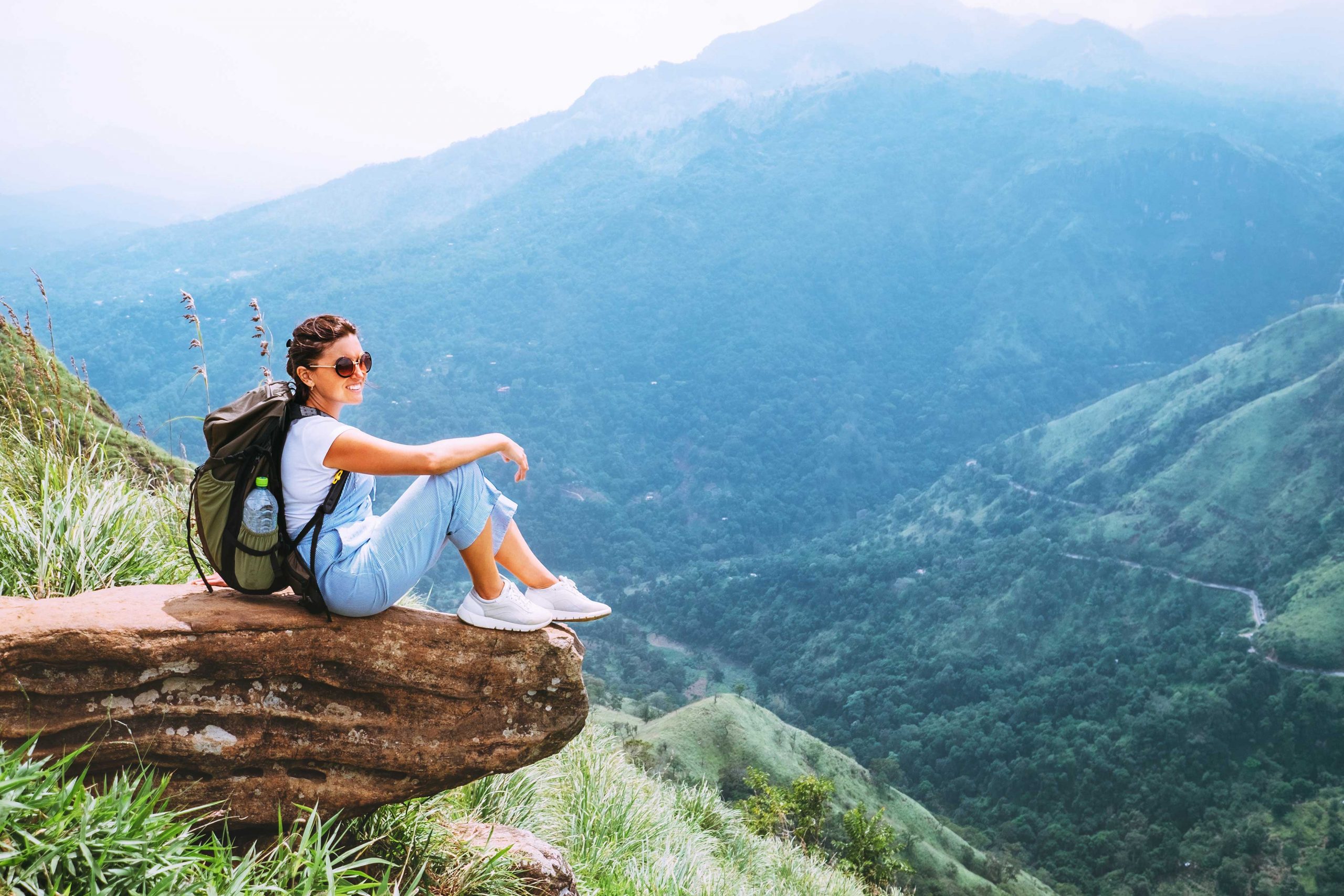With its powerful pink Lake Retba in Senegal, huge volcanic terrains of Dallol in Ethiopia, lively customary attire of the Maasai and outstanding souks, Africa is a land that comprehends the ability and significance of shade. Here we take a look at the most vibrant streets to tour in the world’s second-biggest land, so book a flight with Travel Center and experience Africa like never before!
Bo-Kaap, Cape Town, South Africa.

Positioned against the remarkable setting of Table Mountain, Bo-Kaap adds another color feature to the Cape Town countryside with its rare pastel-colored homes. Varying from icy mint and fresh peach to zingy neon yellows and exploding pinks, this group of radiantly colored structures is a must-visit in the previous city.
Chefchaouen, Morocco.

A strong blue shade infuses all over the Moroccan metropolis of Chefchaouen. Every feature of the metropolis’s gothic passages, plus walls, doors, window shutters, and footpaths, are splashed in a bright ultramarine. Whichever of the legends you trust as to why Chefchaouen is colored blue, it’s great to know that this specific kind of blue – created from crushing down lapis lazuli excavated in Afghanistan – was once as costly as gold and thus set aside only for portraying the Virgin Mary by Renaissance artists.
Kigali, Rwanda.

The numerous frescoes around Kigali have been designed to inspire constructive social alteration via street art. Planned by Kurema, Kureba, Kwiga, a social enterprise initiative laid out by Judith Kaine in 2013, most of the streets in Kigali have been revitalized by removing the gallery wall and transporting art to the roads, bringing Rwandan societies and creators together to produce important propositions.
Pretoria, South Africa.

Pretoria is generally recognized as ‘Jacaranda City’ for the profusion of astonishing purple blossoming trees that border the metropolis’s roads. From September to mid-November, the metropolis is changed into a mauve cloud by this tree that was presented from Brazil during the early 1800s. There are actually around 70,000 jacarandas all around Pretoria, most of which could be discovered on Bosman Street and Cilliers Street. Superstitious students consider that if a petal of purple blossom would fall on your head, then you’ll get through your tests.
Medina of Tunis, Tunisia.

A UNESCO World Heritage Site from 1979, Tunisia’s metropolis is an image of vibrant kaleidoscopic tile work. With its extensive marketplace and maze hallways, the Medina of Tunis is a compound habitat of historic charm, adorned with a few of the most beautiful radiantly painted glassy designs.
Cape Verde.

The small state of Cape Verde consists of 10 volcanic isles in the Atlantic Ocean and blends African and Portuguese Creole lifestyle. Encircled by the transparent aqua-blue ocean and almost year-round sun, the occupants of this island know how to remain positive with their vibrant structures.
Accra, Ghana.

From 2011, the Chale Wote Street Arts Festival has been dominating Jamestown, Accra, winning the West African spectators with a range of arts-based occasions. Public spaces are energized through street portraits, interactive equipment, live presentations, and fashion processions, changing the metropolis into a lively blending pot of lifestyles.
Marrakech, Morocco.

Recognized as the ‘Red City’, the wealthy basic ochre-shaded walls of Marrakech’s ancient metropolis are a labyrinth of bright passages. From the azure-blue structures in the tropical gardens of Le Jardin Majorelle to the radiantly shaded carpets, shoes and market gear, this Moroccan metropolis is a treasure stash of sparkling marvel.
Johannesburg, South Africa.

The South African metropolis of Johannesburg is residence to a few of the most daring creative interventions, like the two cooling keeps of Soweto’s retired power plant which have been revived by creative frescoes and Newtown’s exciting collection of road art. Not to mention the modern construction that services abstract designs and vibrant patterns. Here, the environment has been transported into the city surroundings with Falko One’s portrayal of two African elephants, believed to be a sign of strength and power.
Harar, Ethiopia.

The secured metropolis of Harar in eastern Ethiopia is thought to be Islam’s fourth sacred metropolis and was named a UNESCO World Heritage Site during 2006. Its structural pattern which offers the metropolis its particularly exceptional personality is a blend of African and Islamic impacts. During the 19th century, an extra layer was put to the city surroundings as Indian traders constructed homes with timber balconies. Its 82 mosques and 102 temples add to its divine appeal, while the various customary houses – colored in grimy pinks, turquoise and oranges, and occasionally adorned with abstract themes – provide this historic metropolis with a modern ambiance.








